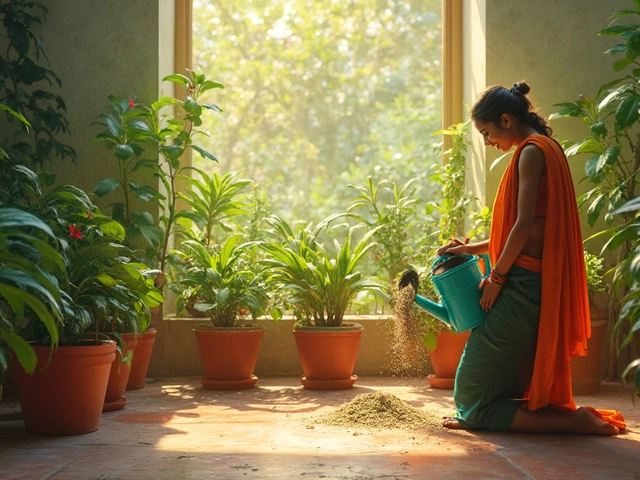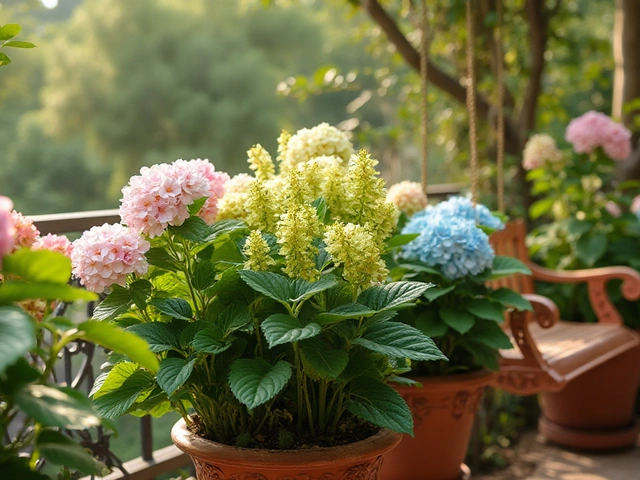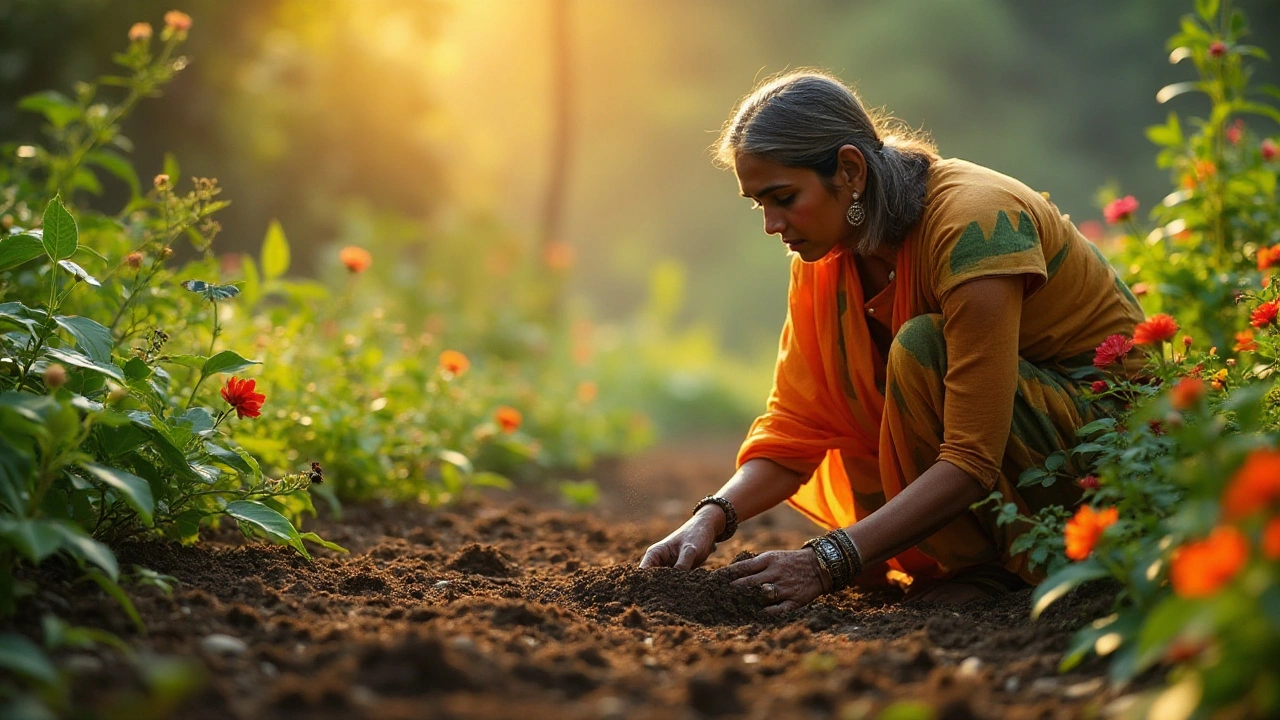Regenerative Gardening: Simple Ways to Revive Your Soil and Grow Healthier Plants
Ever wonder why some gardens keep getting better year after year while others need constant feeding? That’s the power of regenerative gardening. It’s not a fancy trend – it’s about working with nature so the soil, water, and plants all help each other. Below are easy steps you can start today, no matter how big or small your garden is.
Start with Soil Building
The first rule is to treat soil like a living organism. Add a thick layer of compost or well‑rotted kitchen waste every season; this feeds microbes that break down organic matter into nutrients. If you can, plant a cover crop such as mustard, clover, or buckwheat for a few weeks after harvest. When you turn the green matter into the ground, you lock in nitrogen and improve texture without tilling.
Mulching is another quick win. Spread straw, dried leaves, or coconut husk around your beds. Mulch keeps moisture in, suppresses weeds, and slowly adds carbon as it decomposes. For a garden with raised beds, consider mixing in some worm castings – they boost nutrient availability and improve soil structure.
Water & Biodiversity Practices
Water is a precious resource, especially in many Indian regions. Capture rainwater in barrels or small underground tanks and use it for irrigation. Drip irrigation, placed close to the root zone, reduces evaporation and delivers water exactly where it’s needed. If you’re worried about cost, start with a simple soaker hose and a timer.
Plant diversity is the next secret. Mix vegetables, herbs, and flowers that attract beneficial insects. Marigolds, nasturtiums, and calendula keep pests away and bring pollinators to the garden. Pair “sister plants” like tomatoes with basil or cabbage with dill – they support each other’s growth and reduce disease pressure.
Lastly, give your garden space to breathe. Avoid heavy machinery or deep plowing that destroys soil life. A shallow, occasional cultivation is enough to keep roots uncovered and air flowing.
Putting these practices together turns a regular garden into a regenerative system. You’ll notice richer soil, less need for chemical fertilizers, and plants that look and taste better. Start with one or two changes this month and watch the garden improve over time. Happy gardening!
Unlocking the Secrets of Regenerative Gardening for a Greener Planet
Regenerative gardening is a holistic approach that aims to rejuvenate ecosystems through mindful gardening practices. By focusing on soil health, plant diversity, and ecosystem relationships, gardeners can create lush and productive spaces that benefit the environment. This method relies on understanding and nurturing natural cycles, ensuring that gardens not only sustain themselves but also contribute positively to their surroundings. With simple techniques and a dedication to natural processes, regenerative gardening can transform any patch of green into a bastion of ecological well-being.
About
Sustainable Gardening
Latest Posts

What Plant is India Famous For? Tea, Spices & More Icons Explained
By Alden Thorne Jul 2, 2025

Avoiding Mistakes: Where Not to Plant Hydrangeas on Your Balcony
By Alden Thorne Nov 29, 2024

Can I Install Drip Irrigation Myself? Here's Everything You Need to Know
By Alden Thorne Mar 13, 2025

